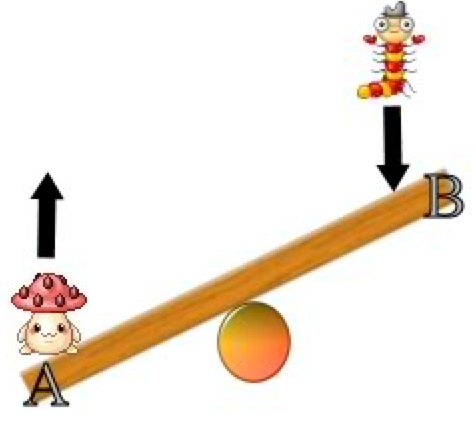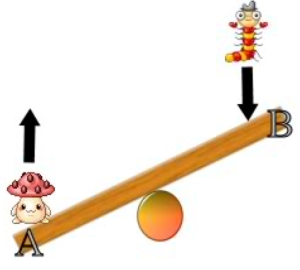Three Commitments
When I begin working with clients, we talk about six commitments that serve as the foundation for personal change. I ask them to read and consider what each one means. Then sign them to indicate that they’ll do their best to keep each of the three commitments. No signatures, no deal.
Six Principles of Personal Change
The commitments are based on six principles of personal change that have emerged from my work with hundreds of leaders who have succeeded in changing long standing patterns of thinking and behaving. And from those who have failed.
HOW PERSONAL CHANGE HAPPENS
My part of the conversation with new clients goes something like this.
Our work together will focus on important patterns in the way you think, how you behave and interact with others.
Insight and Awareness
As you work on changing some of these patterns, we’ll examine their origins and history along with the environments in which they are most and least likely to occur. We’ll look closely at various aspects of these patterns. You’ll identify the physical sensations in your body, the thoughts, and the emotions that accompany each pattern.
Practice
The changes you want to make sound simple. Making them isn’t easy. These patterns have been in place for a long time. They’re your default go-to thoughts, emotions and behaviors. They’ve created a neural network, a track, inside your brain.
It takes 9 – 18 months of practice for a new pattern to become readily available, and to more easily avoid long standing defaults. Practice amounts to catching yourself over and over again, hundreds, even thousands of times, as you’re about to run the default pattern. Heightened awareness, setting daily and hourly intentions, creating reminders/triggers, practicing, and reviewing the results of your practice are critical for your success.
Our approach is built on one basic premise and six principles of personal change.
Premise
All interpersonal behaviors take place in a system that involves you and one or more others.
Principle 1
There’s always someone else to blame.
Principle 2
You can only change your own behavior, and only you can do so.
Principle 3
You cant’ change other people’s behavior.
Principle 4
Systems, human and otherwise, seek to maintain equilibrium. Which means…
If you do X, and the other person(s) typically responds by doing Y, this pattern will continue until one of you changes.
Refer back to principles 2 and 3.
Principle 5
Change of any kind disrupts the equilibrium. Therefor:
When you (or anyone in the system) change your behavior, the other person(s) will move to restore equilibrium, by changing their behavior. Ipso facto, the whole system changes.
Principle 6
The only pure and true motive for changing yourself is to be a better human being.
If you change your behavior with the intention of getting others to change, you’re unlikely to sustain your new behavior. You’ll also earn a well-deserved reputation for being manipulative.
In Conclusion: Only you can change your behavior, and any time you make a change, you become the catalyst for others, and the system, to change. But changing others and the system is not the goal. It’s a side effect. Focus on you.





